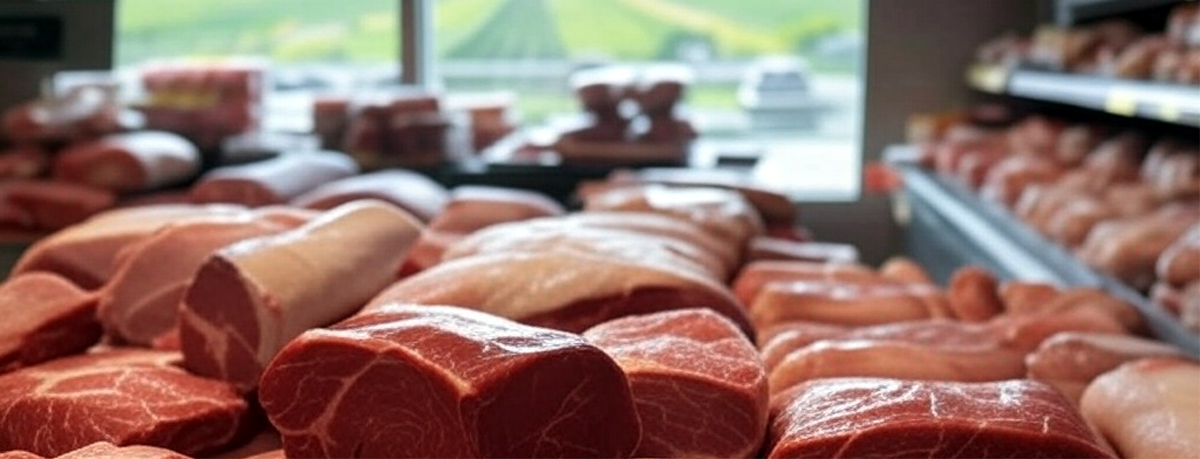2024 Power of Meat Report Highlights
- Total Sales: $104.6 billion
- Volume Growth: +2.3% in pounds sold
- Purchase Frequency: Averaging 54 trips per year per household
- Consumer View: 73% see meat as healthy, with 90% prioritizing protein
Looking Forward
The 2024 data debunks myths of meat’s decline, proving its resilience amid home-cooking trends and protein-focused diets. With sales up nearly 5% from 2023 and fresh meat (e.g., beef at $40.1 billion) driving growth, the industry is primed for a strong 2025.
The continued dominance of meat as the leading fresh food category presents significant growth opportunities for both retailers and suppliers in 2025. We expect that retailers will capitalize on this trend by enhancing their premium and value-added meat selections, creating in-store meat counter experiences, and emphasizing sustainability credentials and traceability information on packaging. A strategic approach includes pairing traditional meat cuts with complementary alternative protein options to satisfy diverse consumer preferences.
The meat industry landscape continues to evolve with several key trends gaining momentum. Consumers increasingly gravitate toward convenient ready-to-cook and value-added products that simplify meal preparation while maintaining quality. Simultaneously, there’s growing interest in protein diversity, with pork, chicken, and grass-fed beef varieties attracting attention from health-conscious shoppers.
Sustainability and transparency have moved from niche concerns to mainstream expectations, with consumers demanding clear information about sourcing practices and environmental impact. Despite the rise of plant-based alternatives, traditional proteins remain dominant, with beef and chicken continuing to lead consumer preferences across various demographics and regions.
These trends suggest significant potential for retailers who can effectively adapt their meat merchandising strategies to align with evolving consumer expectations while maintaining the quality and variety that shoppers seek.

